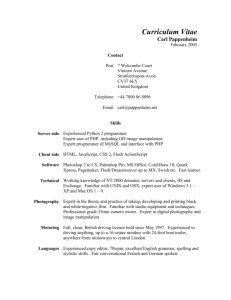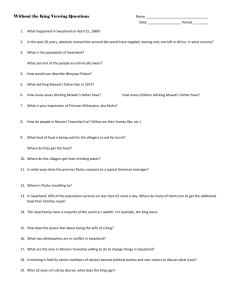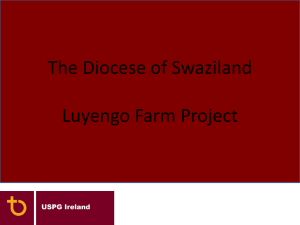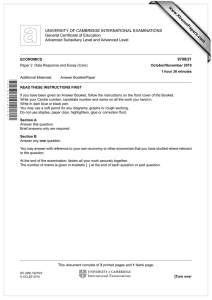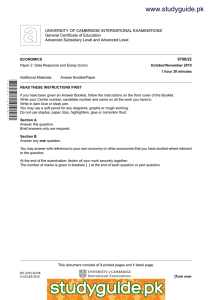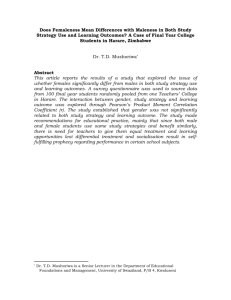Swaziland 1
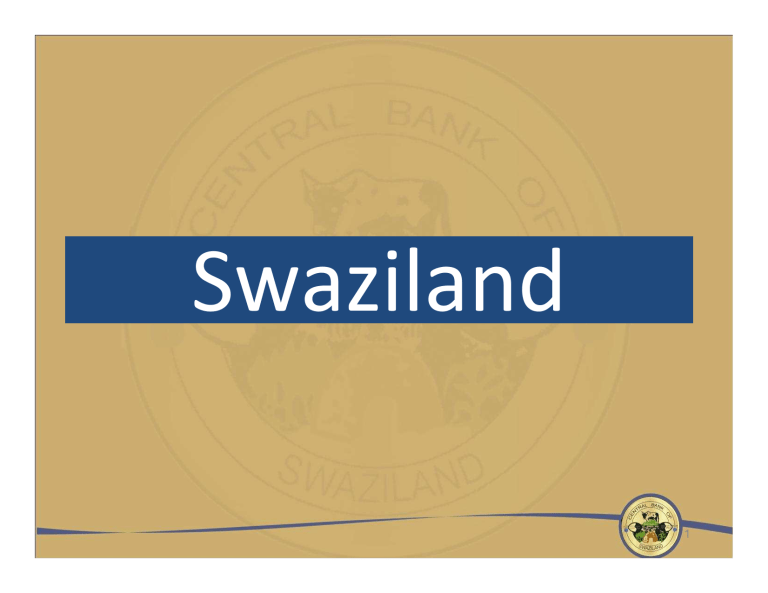
Swaziland
1
Presentation on the Financial Sector in
Swaziland
• Introduction – Swaziland
• Major Economic Factors
• The Structure of the Financial sector
• The Legal Framework
• Challenges
2
Introduction
3
Introduction
4
King Mswati III
5
Born
Reign wives children
Father
King Mswati III
19 April 1968 (1968-
04-19) (age 42)
25 April 1986 –
24 children
King Sobhuza II
6
The Flag
7
Other Monarchies
• Bahrain · Belgium · Bhutan · Brunei ·
Cambodia · Commonwealth realms ·
Denmark · Japan · Jordan · Kuwait ·
Lesotho · Liechtenstein · Luxembourg ·
Malaysia · Monaco · Morocco ·
Netherlands · Norway · Oman · Qatar ·
Saudi Arabia · Spain · Swaziland ·
Sweden · Thailand · Tonga
8
Major Economic Indicators
Nominal GDP €' Million
Agric./GDP (%) - factor cost
2,872
8.38%
Manuf./GDP (%) - factor cost 27.48%
Population ('000) 1,046
Average inflation 4.5%
Exchange rate* (E/US Dollar) 7.33
Prime lending
Discount rate
9%
5.5%
9
Major Economic Indicators
• Graphical Presentation of some of the indicators from 2003 to 2010
10
Nominal and Real GDP
11
Population
12
Inflation
13
Unemployment Rate
14
Exchange Rate
15
The Structure of the Financial Sector
Ministry of
Enterprise
Ministry of
Finance
FSA
Other Micro/Macro
Finance Org
Ministry of
Agriculture
Registrar of Ins. & Ret
Insurance Cooperatives
Central
Bank
Building
Society
Commercial
Banks
Credit Institutions
Pension F.
The Structure of the Financial Sector
Central Bank of Swaziland
Monetary policy
Regulating and supervising financial sector
Issue and redeem currency
Hold and manage foreign exchange reserves
Development of efficient national payment system
Conducting research on monetary, economic matters
17
The Structure of the Financial Sector
Registrar of Insurance and Pension Funds
Insurance Companies
Brokers and Agents
Pension Funds
Commissioner of Savings and Credit Cooperatives
Co-operative development
Savings and Credit Co-operatives
18
The Structure of the Financial Sector
Commercial Banks (3)
Standard Bank Swaziland Limited
First National Bank of Swaziland
NedBank Swaziland Limited
Owned by parent
Companies in
South Africa
Swaziland Savings and (1)
Development Bank
Building Society (1)
– Swaziland Building Society owned by the members
Wholly owned by the
Swazi Government
The Structure of the Financial Sector
The Commercial Banks have:
31 Branches and 12 Agencies across Swaziland
E5.9 billion Total loans issued
E8.2 billion Total Deposits
E10.7 billion Total Assets
One Building Society with 5 branches
20
Loans and Deposits
21
The Structure of the Financial Sector
Contractual Savings Institutions
Swaziland National Provident Fund
• Compulsory life assurance for private sector
• From The SNPF Act, 1962
• Controls E300 million Total Assets
Public Service Pension Fund
• For Civil servants since 1993
Other smaller Pension and Provident Funds
• Estimated above 200 across the country
22
The Structure of the Financial Sector
Insurance Business
Two Insurance companies (SRIC) and Metropolitan
Insurance Company
New Insurance Act, 2006 de-monopolizes the Insurance industry.
Cooperatives
50 registered co-ops with membership over 40,000.
Total Savings over E400 million
Total Loans issued over E300 million
Accept deposits as savings, subject to certain conditions
23
The Structure of the Financial Sector
Other Financial institutions
Inhlanyelo Development Fund
• Training and Consulting
• Loans
Swaziland Development Finance Corporation
• finance and promote the development of Swazi-owned
Enterprises
• Over E300 million Assets
Micro-lenders
24
The Structure of the Financial Sector
Swaziland Stock Exchange
5 listed companies trading in equities
Market capitalisation of close to E2 billion
Relatively inactive
Capital Markets
3 Asset Management Companies
Funds under management over E4.0 billion
25
The Legal Framework
Central Bank of Swaziland
Financial Institutions Act, 2005
Deposit taking institutions – Banks
Building Societies Act, 1962
Building Society
Stock Exchange, Asset Management Companies
Act, Legal Notices, Circulars and Guidelines
26
The Legal Framework
Registrar of Insurance and Pension Funds
Insurance Act, 2005
Insurance Agents, Insurance Brokers, Insurer
Retirements Funds Act, 2005
Retirement Fund, Trustee of a Retirement
Fund
Act, Legal Notices, Regulations and Guidelines
27
The Legal Framework
• Commissioner of Savings & Credit Co-ops
Savings & Credit Co-operatives Act, 1962
28
The Legal Framework
The Financial Services Regulatory Authority Act
The object of this Act is to establish an integrated regulatory regime for the Swaziland non-bank financial services industry including insurance, retirement funds, savings and credit co-operatives, building societies, capital markets and similar institutions with sufficient powers to regulate and supervise the sector effectively, including extensive powers to issue byelaws, rules, codes etc;.
29
Challenges
Regulatory Framework and their Gaps
Regulatory Structure and Gaps
Legislative reforms
Capacity and Training
Pyramid schemes, ponzis (2.7 euros)
Unregulated entities
Financial exclusion
30
Developments
Securities Bill already submitted to parliament
Financial Services Regulatory Authority Act was operationalised in June 2010 and already a Board of Directors has been appointed
Central Bank of Swaziland playing a lead role in all reforms
Implementation of Risk Based Supervision –
Risk Based Supervision Guidelines issued
31
walterd@centralbank.org.sz
THANK YOU
Questions – see me during coffee break
32

